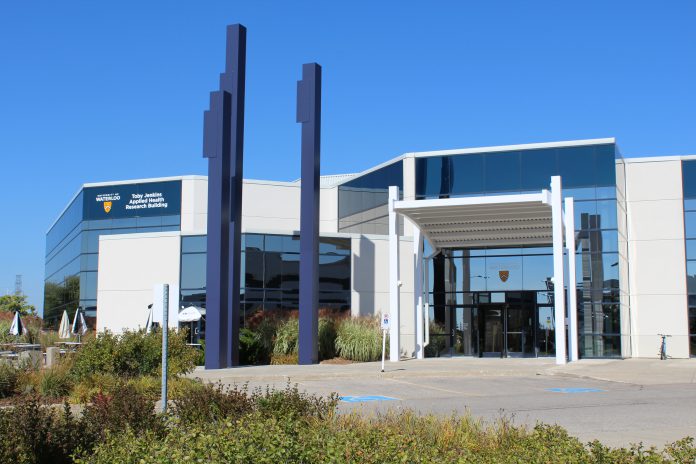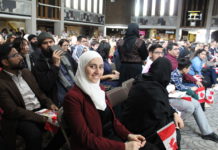The University of Waterloo’s Toby Jenkins Applied Health Research Building saw its official opening Oct. 11. As the name suggests, the building will focus on the applied health sciences and will serve as a work space for numerous health initiatives.
Among the organizations being hosted by the new building are the Propel Centre for Population Research, which hopes to eradicate preventable cancers and other chronic diseases, the International Tobacco Control Policy Evaluation Project, which conducts research in keeping with the World Health Organization’s initiative for tobacco control, and the Centre for Community, Clinical, and Applied Research Excellence (CCCARE), which works on research and community programs that cover a variety of fields.
Dr. Marina Mourtzakis, associate professor at UW and associate chair of CCCARE, spoke to Imprint about CCCARE’s goals for their work within the facility.
“Our goal in this particular centre is to integrate research and community programs in diverse disciplines, so that we can promote health and develop new, innovative health interventions,” Mourtzakis said. “We have a number of exciting projects that are either initiating or being planned at the moment. Exercise for health and disease prevention, nutrition, cardiovascular and metabolic health, brain training, injury prevention, optimizing mobility in various populations, and prevention of falls would be some of the main areas.”
Mourtzakis also praised the “state-of-the-art” technology that is available within the Toby Jenkins Applied Health Sciences building.
“The exciting part about this facility is that it will house one of the most comprehensive compilations of CFI [Canadian Foundation for Innovation]-funded equipment in the country, and its objectives are quite unique in terms of this type of centre being able to integrate such different disciplines and promote health in the community.”
CCCARE is specifically interested in taking a multidisciplinary approach towards improving community health and has recruited specialists from many fields in order to work towards that goal.
“There are neural scientists, there are biomechanists, there are physiologists, there are dietitians, there are clinicians, all coming together with new ideas, bringing those to the table and compiling these ideas to create novel and innovative approaches to help promote health in our community,” Mourtzakis said. “The facility itself allows for the interaction between different researchers so that we truly can have some multidisciplinary and interdisciplinary collaborative work that comes out of this centre.”
Correction: The original photo was of the incorrect building. It has since been updated.






























